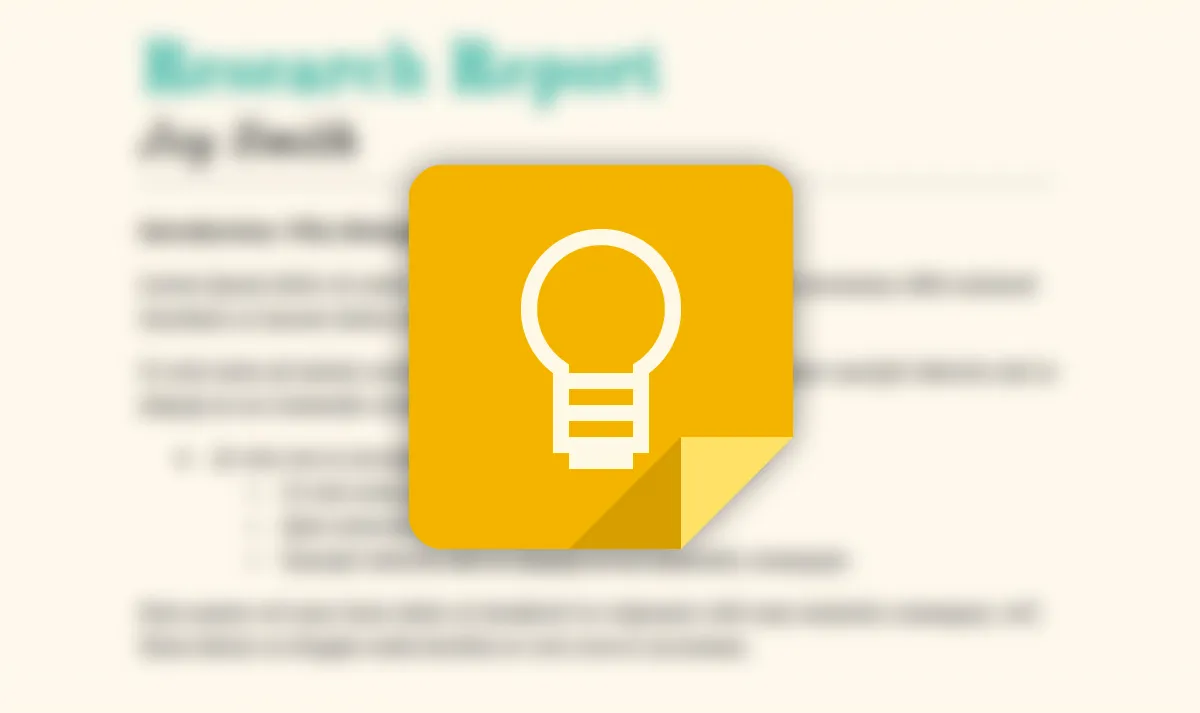Understanding Work and Learning Styles
In today's fast-paced work environment, understanding your own work and learning styles can significantly enhance your ability to build better professional relationships. Everyone has unique preferences when it comes to how they learn and work, and recognizing these can facilitate more effective communication and collaboration. By leveraging your strengths and adapting to the styles of others, you can create a more harmonious and productive workplace.
Identifying Your Work Style
Your work style is the way you approach your tasks and responsibilities. It can include your organizational habits, your methods of problem-solving, and your preferences for collaboration. There are several well-known work styles that individuals may identify with:
| Work Style | Description |
|---|---|
| Analytical | Focuses on data and logical reasoning; enjoys problem-solving through analysis. |
| Creative | Thrives on innovation and thinking outside the box; often generates new ideas. |
| Pragmatic | Prefers practical solutions and hands-on approaches; values efficiency and results. |
| Supportive | Values harmony and collaboration; enjoys working in teams and helping others. |
Understanding where you fit within these categories can help you communicate your needs and expectations with colleagues, fostering a more supportive work environment.
Recognizing Learning Styles
Learning styles are another critical factor that influences how individuals absorb, process, and retain information. By understanding your learning style, you can better engage with colleagues and tailor your interactions for maximum effectiveness. The most common learning styles include:
| Learning Style | Description |
|---|---|
| Visual | Learn best through images, diagrams, and charts; benefits from visual aids. |
| Auditory | Prefers listening and discussing; retains information better through verbal communication. |
| Kinesthetic | Learn through hands-on experiences; prefers to engage in activities and practice skills. |
| Read/Write | Enjoys reading and writing; learns best through written words and documentation. |
By recognizing your learning style and that of your colleagues, you can create strategies to enhance communication and collaboration, leading to stronger professional relationships.
Building Better Relationships Using Work and Learning Styles
Now that you have a clear understanding of your work and learning styles, it's time to apply this knowledge to build better professional relationships. Here are some strategies to consider:
1. Communicate Openly
Share your work and learning styles with your colleagues. By openly discussing how you prefer to work and learn, you set the stage for more effective communication. Encourage others to share their styles as well, fostering a culture of understanding and respect.
2. Adapt Your Approach
When collaborating with others, adapt your communication style to suit their preferences. For example, if you know a colleague is a visual learner, use charts and graphs to convey your ideas. If someone is more auditory, focus on verbal discussions. This flexibility can enhance mutual understanding and reduce potential conflicts.
3. Leverage Strengths
Identify the strengths of your team members and find ways to leverage them. If you have an analytical thinker on your team, involve them in problem-solving tasks. If there’s a creative individual, encourage them to brainstorm new ideas. By utilizing the diverse talents within your team, you can foster a more collaborative environment.
4. Create a Supportive Environment
Encourage a culture that values different work and learning styles. This might involve creating spaces for collaboration, offering training sessions that cater to varied learning preferences, or simply promoting open dialogue. A supportive environment can help everyone feel valued, leading to stronger professional relationships.
5. Follow Up and Reflect
After completing a project or collaboration, take the time to reflect on what worked well and what could be improved. Gather feedback from your colleagues to understand their perspectives on communication and collaboration styles. This ongoing dialogue can lead to continuous improvement in your professional relationships.
Conclusion
Using your work and learning styles to build better professional relationships is not just about personal development; it’s about fostering a collaborative environment that benefits everyone. By understanding yourself and your colleagues, adapting your communication, leveraging strengths, and creating a supportive atmosphere, you can enhance collaboration and productivity in your workplace. Embrace the diversity of styles around you, and watch your professional relationships flourish.





